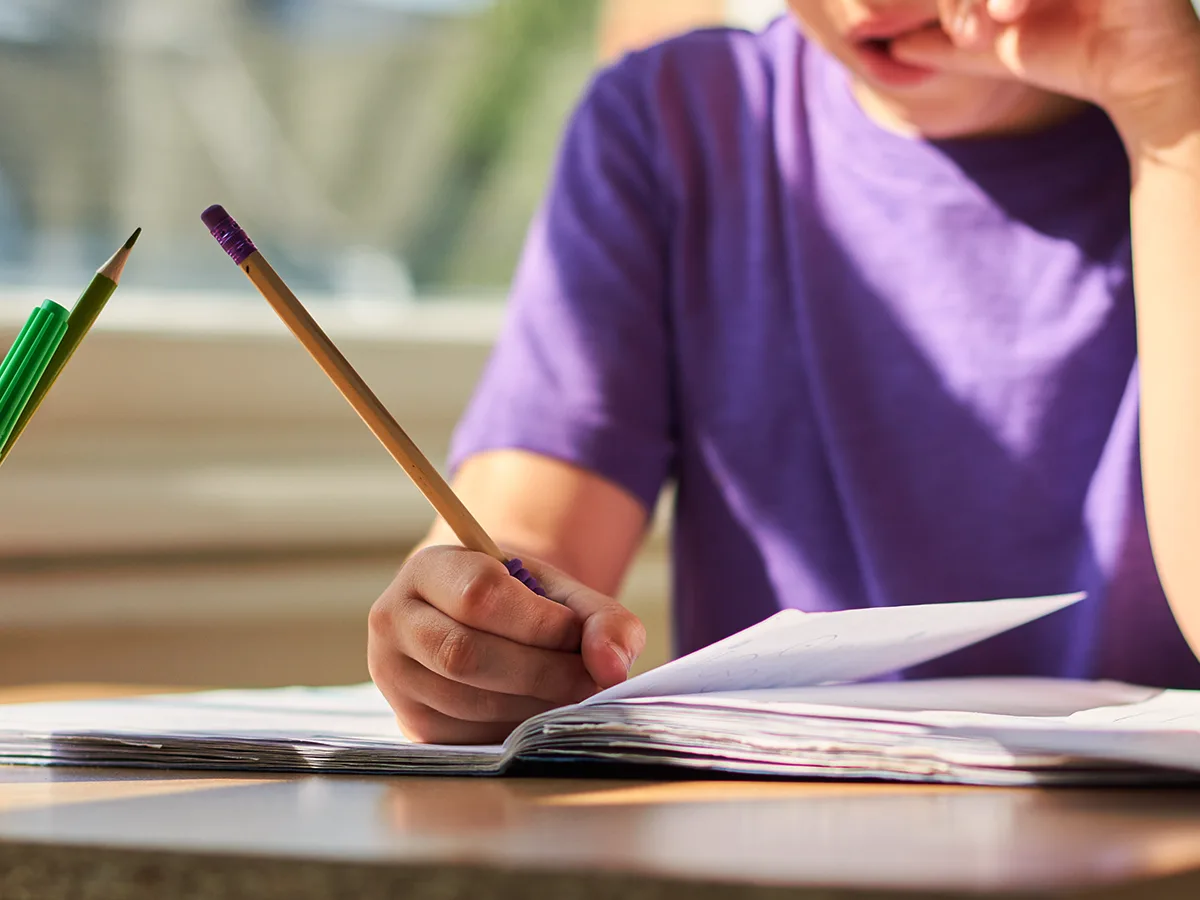What is working memory?

By Peg Rosen
Expert reviewed by Nelson Dorta, PhD

At a glance
Working memory is like a temporary sticky note in the brain.
It’s a skill that lets us work with information without losing track of what we’re doing.
Kids and adults who learn and think differently often struggle with working memory.
Working memory is one of the brain’s executive functions. It’s a skill that allows us to work with information without losing track of what we’re doing.
Think of working memory as a temporary sticky note in the brain. It holds new information in place so the brain can work with it briefly and connect it with other information.
For example, in math class, working memory lets kids “see” in their head the numbers the teacher is saying. They might not remember any of these numbers by the next class or even 10 minutes later. But that’s OK. Working memory has done its short-term job by helping them tackle the task at hand.
Working memory isn’t just for short-term use. It also helps the brain organize new information for long-term storage. When people have trouble with working memory, the brain may store information in a jumbled way. Or it may not store it for the long term at all.
Sometimes, what may look like trouble with working memory is actually an attention issue: The information was never put into the brain’s storage system in the first place. Learn more about the differences between attention and working memory.
Dive deeper
Examples of trouble with working memory
Here are examples of what it looks like when people struggle with working memory.
Doing mental math. The teacher asks kids to add 21 and 13 in their heads, and then subtract 6 from the sum. Kids might remember the numbers the teacher said to add: 21 and 13. But they might not recall what they’re supposed to do with them. Or they might not hold on to the sum (34) so they can subtract 6 from it.
Following practical instructions. When people are told a set of instructions, like driving directions, they may not remember all of the steps. Or they might not remember the correct order.
Using information later. Some people may find that the information they have remembered doesn’t make much sense. Because of working memory problems, the brain didn’t package it properly in the first place.
People who learn and think differently often have trouble with working memory. This is especially true of kids and adults with ADHD. That’s because ADHD is linked to trouble with executive function skills, like working memory.
Learn more about executive function.
See a list of ADHD signs at different ages.
How educators can help
When kids struggle with working memory, educators can teach strategies to help them work around the problem.
Strategy instruction is a teaching practice that shows kids how to learn the content or skills they need to acquire. Kids learn strategies like note-taking to help them process, remember, and express the information they learn. Or they might learn how to break down tasks into a manageable number of steps.
Learn more about strategy instruction.
Next steps for families
If you think your child has trouble with working memory, it’s important to find out if that’s really the case. An evaluation can show where kids are struggling, and where they have strengths.
There are also simple things you can do at home to help kids improve working memory.
Try these working memory boosters at home.


